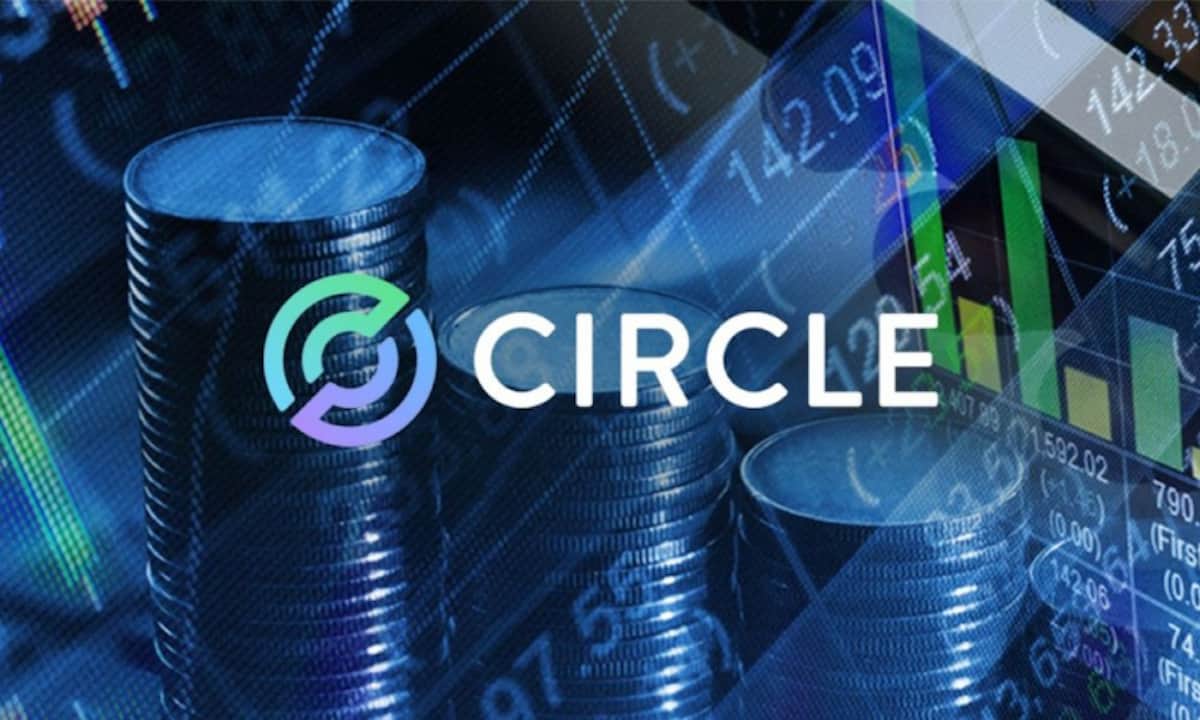Web3 industry participants in the United States have been closely monitoring recent regulatory developments, particularly as the Securities and Exchange Commission intensifies its crackdown on cryptocurrency exchanges.
However, amidst the growing concerns, Corey Then, vice president of global policy at Circle, the Boston-based issuer of the world’s second-largest stablecoin USDC, maintains an optimistic outlook, citing the potential for U.S. regulatory developments to favor local players.
One of the driving forces behind Then’s optimism is the recently released draft stablecoin bill from the U.S. House Financial Services Committee. The proposed legislation mandates that stablecoin issuers maintain reserves to back their stablecoins on at least a one-to-one basis, a requirement that reassures stability.
Notably, the bill may also open doors for stablecoin issuers to hold a portion of their reserves at the U.S. central bank, effectively reducing exposure to commercial banks. According to Then, this significant development has the opportunity to establish the world’s most reliable stablecoin.
In an exclusive interview with Forkast, Then delves into the future of stablecoins and explores how the evolving landscape of U.S. cryptocurrency regulation might impact them.
The Q&A has been edited for clarity and length.
Forkast: Why does the world need stablecoins like USDC at the moment?
Then: There’s a thirst for dollars around the world in places that frankly don’t have good access to them. Think about the places with hyperinflation or governments that aren’t necessarily worthy of their citizens’ trust.
The example of humanitarian aid is something we’re really excited about. We just entered a partnership with the UN High Commission for Refugees, UNHCR. They’re using the blockchain to send USDC to displaced people in Ukraine, and it’s really an amazing use of USDC. Folks who might be sitting in a basement while bombs are going off outside can receive money on this as long as they have an internet connection. And then, they can carry that with them anywhere in the country or across borders and they can spend it on-chain, or they can cash it out with hundreds of MoneyGram locations.
From the UN’s perspective, not only can they get aid in faster, but they can actually track where it’s going. So this stands in stark contrast to some forms of aid disbursement.
Forkast: Why do regulators have stablecoins in their crosshairs at the moment?
Then: The way we’ve talked about this bill and what’s been confirmed among policymakers is that a stablecoin bill is really two twin pillars. It’s a consumer protection bill that will clean up a lot of bad behavior, particularly from offshore, lightly regulated actors who have contributed to spectacular losses in the past.
Then, there’s this dollar access, safety and competitiveness angle that really goes to what I was talking about previously. There’s a thirst for dollars around the world, but the dollar is also under attack. The dollar was 66% of world reserves in 2015. Today, that number is 57%. That is before some of these coordinated efforts that China is doing to prop up the yuan and Russia and other big economic blocs have taken to decrease dollar primacy.
Rather than in the crosshairs, it’s more about opportunity.
Forkast: There’s talk in the wider digital asset sphere of U.S. Regulators trying to, if not kill crypto, then strangle it. There’s also talk of a so-called “Operation Choke Point 2.0.” Do you think that’s going too far? Would you then say that regulation is a positive?
Then: Regulation would be a positive for the space because with any emerging technology there’s going to be a little bit of back and forth at the beginning. We are in the early innings. It’s difficult to say there should be no regulation when the market cap of crypto decreased by US$2 trillion last year. Regulation is going to lead to consumer confidence, which is ultimately going to be good for the industry. What you’re seeing in Washington right now, there have been some unhelpful statements from regulators. That is evident. But you have to put yourself in the shoes of regulators. They have a job to do as well. And hopefully, over time, I’m confident that some of the back and forth between the agencies will be worked out and we’re going to end up with a good framework in America.
The United States does need to act. We are falling behind the Eurozone and Japan and Singapore and others, and that’s why we’re excited about this stablecoin bill, which had been worked on for about a year. But now we have two public versions that are leading to a really healthy debate. So we’re excited about it.
Forkast: Circle Chief Executive Officer Jeremy Allaire recently told Bloomberg that the company no longer wants to carry exposure to U.S. Treasuries maturing beyond June due to the current debt crisis and risk of default. How would that kind of doomsday scenario affect Circle?
Then: We don’t have any T-bills expiring beyond the hypothesized “X-date” which makes buying those T-bills a little bit more expensive. There are real consequences to inaction at Congress, but we’re well prepared because we have paid that extra premium for those T-bills. We’ve also instituted some other ways of managing cash, such as tri-party, reverse repo contracts, which are essentially overnight lending that is securitized over 100% by longer-dated Treasuries.
Forkast: Is there a scenario where that combines with uncertainty in traditional finance to lead to Circle exiting the U.S., as Coinbase and others have said that they could do in the future?
Then: Circle is not leaving the United States. We are an American company. We believe in the U.S.’ future, and we’re a global company. We do business all around the world. USDC, just five years after launch, is in more than 190 countries. We are a global franchise, but we are based in the U.S., and that’s not going to change.
Forkast: These wider issues in the traditional finance sector, how can they be prevented from destabilizing digital assets in the way that we saw with USDC in March after the collapse of Silicon Valley Bank?
Then: People always thought crypto was going to kill the banks and the banks actually caused some instability in the stablecoin market.
There’re a couple of things, but one of the very interesting parts of the stablecoin bills that are going around is that it would give a licensed federal stablecoin issuer the ability to hold a certain percentage of reserves at the Fed. This would essentially lead to the most stable stablecoin you could possibly make because you would take away exposure to commercial banks and put it in a place where money is literally the safest in the world.
But it has been interesting to see a sort of flight from safety. Certain users don’t want to have access to the U.S. commercial banking system. We do believe that the U.S. Government has taken the right steps to quell this banking crisis, but we think they ought to follow it up with access to Fed master accounts.
Forkast: Finally, what can you tell us about the future of U.S. regulations and stablecoins?
Then: This is a tremendous opportunity for the country to make sure that there’s safe access to dollars. If we get legislation, you could imagine a world where people are paying the biggest retailers in the world directly from their own personal wallets, which would decrease transaction costs and really be good for both the United States and consumers all around. So we think this is a really exciting moment in history. We’re doing everything that we can to help move this moment along.






